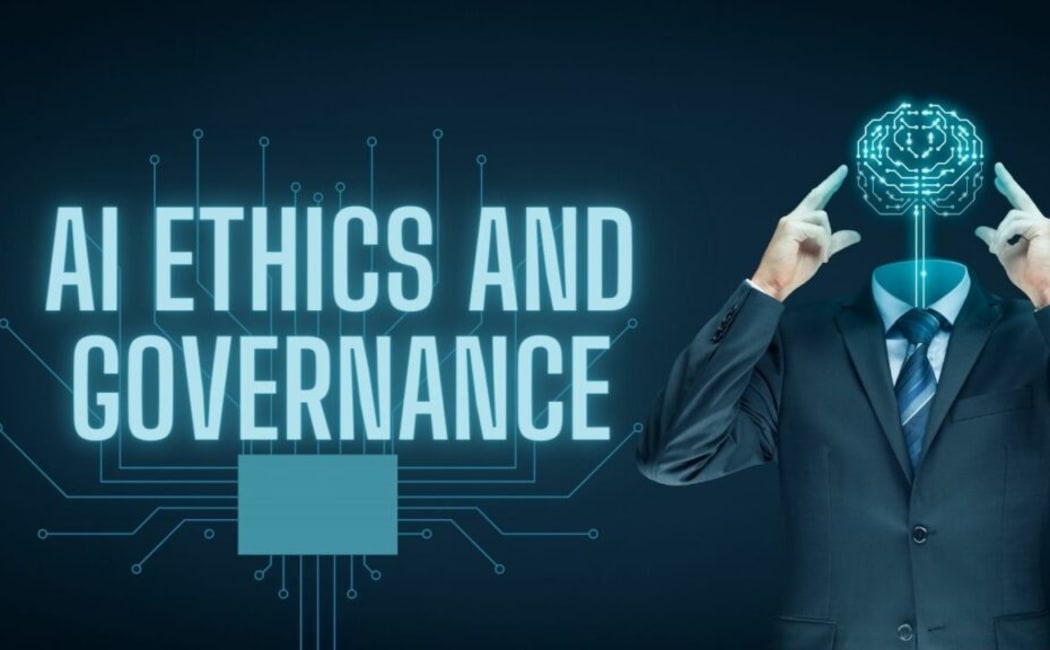Ultimate Guide to AI Ethics & Governance

Introduction: Why AI Ethics & Governance Matter
Artificial intelligence is reshaping industries—from healthcare and finance to education and security. But as AI systems grow in power and reach, concerns about misuse, bias, privacy violations, and lack of accountability grow too. That’s where AI ethics and AI governance step in: ensuring that AI is developed and deployed with principles that protect human dignity, fairness, transparency, and safety. The push for regulatory clarity, ethical standards, and governance frameworks has become one of the top global trends in 2025.
1. Core Principles of Ethical AI
To build trust in AI systems, organizations need to anchor their designs on ethical foundations. Key principles include fairness (avoiding discrimination or bias), transparency (making decisions understandable), accountability (assigning responsibility for outcomes), privacy & data protection, safety & robustness, and respect for human autonomy. These are common in global AI ethics frameworks and guidelines.
2. Regulatory & Governance Frameworks
AI governance frameworks are structured sets of rules, policies, tools, and oversight mechanisms that organizations adopt to ensure ethical AI deployment. Some frameworks are organizational (internal guidelines, AI ethics boards), others are industry or national (e.g. EU AI Act, regulations in U.S. states), and some are global or multi-stakeholder. Stakeholders involved include developers, executives, regulators, lawyers, civil society, and end users.
A growing trend is using “responsible AI by design” approaches and “governance platforms” that embed ethics from the earliest stages of AI development. Governance tools now often include audit trails, fairness metrics, bias-detection modules, explainable AI features, and risk assessment workflows.
3. Dealing with Bias, Discrimination & Fairness
One of the biggest ethical risks in AI is bias: when datasets are unbalanced or contain historical prejudices, AI can amplify unfair outcomes in hiring, lending, criminal justice, health, or insurance. Fair AI practices require discrimination testing, diverse training data, and ongoing monitoring to detect bias. Importantly, fairness isn’t a one-time checkbox—it must be maintained across the AI life cycle.
4. Transparency & Explainability
Users, auditors, regulators increasingly demand that AI systems explain how decisions are made. Explainable AI (XAI) tools help reveal which features or data inputs drive outcomes. Transparent reporting helps build trust: meaning documenting datasets, model architectures, training methods, and performance metrics. Clear documentation and user-friendly interfaces also help non-technical stakeholders understand system behavior.
5. Accountability, Liability & Oversight
Who is responsible when an AI system causes harm or makes a wrong decision? Accountability includes governance structures that assign liability—whether through internal AI ethics committees, external audits, regulatory oversight, or judicial mechanisms. AI system audits, impact assessments, and continuous oversight help detect drift, misuse, or unethical behavior.
6. Data Privacy, Security & Human Rights
AI depends on data—often personal, sensitive, or private. Ensuring data privacy and protecting human rights means complying with regulations like GDPR, CCPA, or emerging laws in other jurisdictions. Security practices must include encryption, secure storage, strong access controls, and regular risk assessments. Also important: avoiding misuse of data, respecting user consent, ensuring data minimization.
7. Emerging Trends & Challenges for 2025
Some of the top emerging trends in AI ethics & governance in 2025 include increased regulation (e.g. the EU AI Act), greater public demand for transparency, stronger accountability, and platforms for auditing AI systems. There's also growing focus on generative AI safety, content authenticity, AI misuse prevention, and bias detection in natural language processing.
But challenges remain: ethical guidelines often lack enforceability; many frameworks are vague; balancing innovation vs regulation is tricky; global standards are patchy; organizational culture and expertise are still catching up
8. How Organizations Can Implement Ethical AI Governance
Putting theory into action means building an AI governance roadmap. Step one: Define internal policies and ethical AI values. Make sure leadership and boards are aligned and committed to ethics. Step two: Choose or adapt a governance framework that fits your size, region, and risk profile. Step three: Set up oversight mechanisms such as ethics committees, impact assessments, audits, and reporting. Step four: Integrate fairness, transparency, and risk mitigation into your development lifecycle (from data collection → model training → deployment → monitoring). Step five: Train your teams—engineers, product owners, legal, compliance. And step six: Engage stakeholders and include public feedback or oversight wherever possible.
Conclusion
AI ethics and governance are not just compliance checklists—they are foundational to trust, innovation, and long-term sustainability. Organizations that embed ethical principles like fairness, accountability, transparency, privacy, and human rights into every stage of their AI lifecycle will be better positioned to navigate regulatory changes, build trust with users, and avoid harm. As governance frameworks evolve globally, the most successful companies will be those that treat ethical AI not as an afterthought but as a design principle and competitive advantage.
